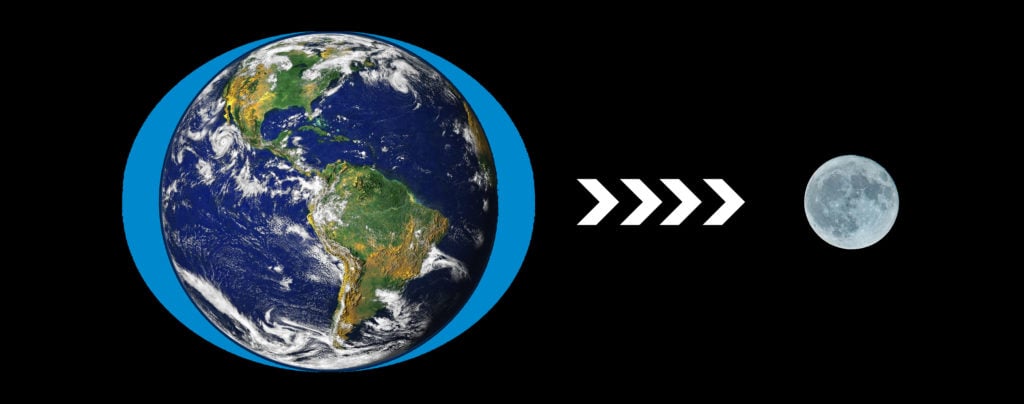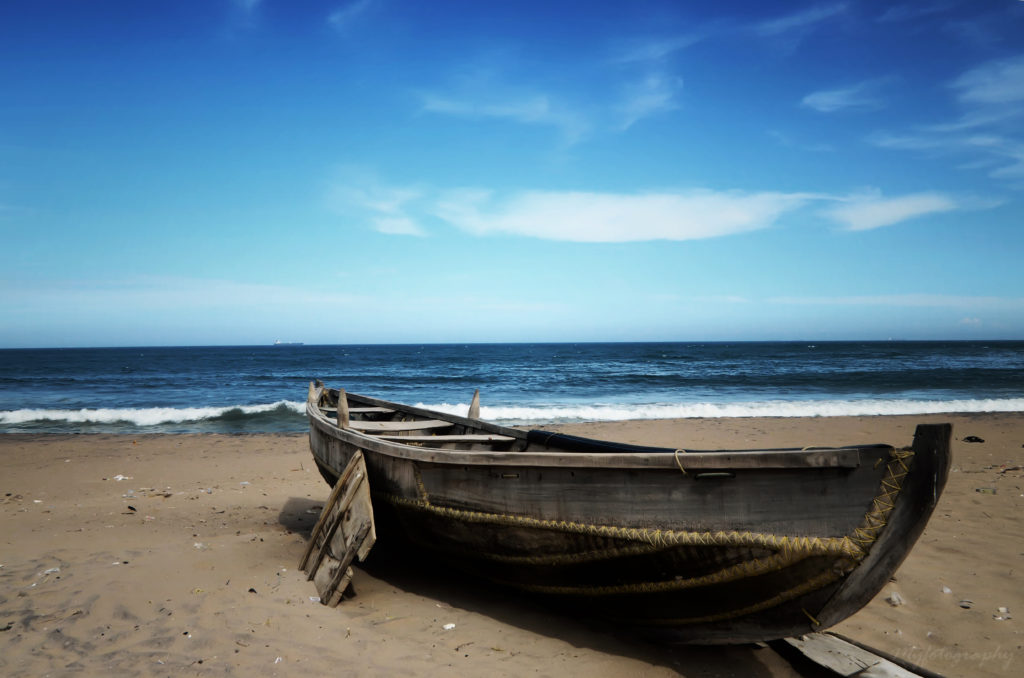Many people are aware that the moon and the forces of gravity cause the oceans tides. However there is a more complex explanation that allows us to fully understand the process.
It is a result of the attractive forces of the moon and sun’s gravitational fields pull on different parts of our planet. Despite being around 1/100th the mass of the earth, the moon has enough gravity to affect the earths oceans. In fact the moons gravity is so powerful it even pulls on the earths landmass, yet not enough for us to feel this.
Due to its fluidity, the Earth bulges towards the moon, creating the ‘tidal force’. The gravitational attraction between the Earth and the moon is strongest on the side of the Earth that is facing the moon.
On the opposite side of the Earth, the gravitational attraction of the moon is less. Inertia exceeds the gravitational force, and the water tries to move away from the Earth which also forms a bulge on the opposing side.
The combination of gravity and inertia create two bulges of water. One forms where the Earth and moon are closest, and the other forms where they are furthest apart. Due to the fluidity of water, the two bulges stay aligned with the moon as the Earth rotates.
As the earth rotates and in turn moves out of the bulge that part of the world will experience low tides.

On a rare occurrence the earth, moon and sun will align creating another dimension to the tides. Although the sun by itself causes tides, they are small in comparison. However with the alignment of all three masses, the earth will experience more extreme tides, called ‘spring tides’. When the sun and moon tides act against each other tiny tides occur, these are called ‘neap tides’. Many people will experience strongest tides on a full or new moon, which occurs usually every two weeks.

Ryan is the founder of Tideschart.com. Originally from New Zealand, Ryan has traveled to more than 20 countries and has combined more than 10 years of development experience with his passion for the ocean.






